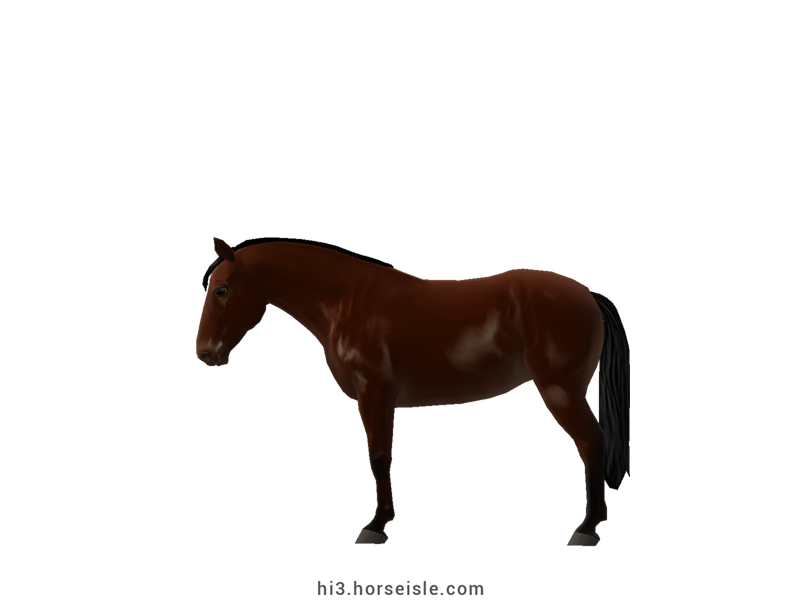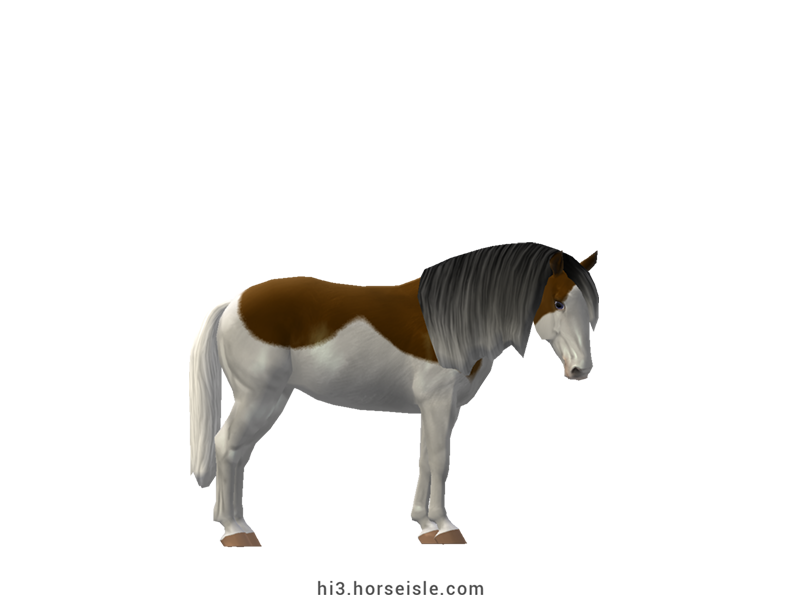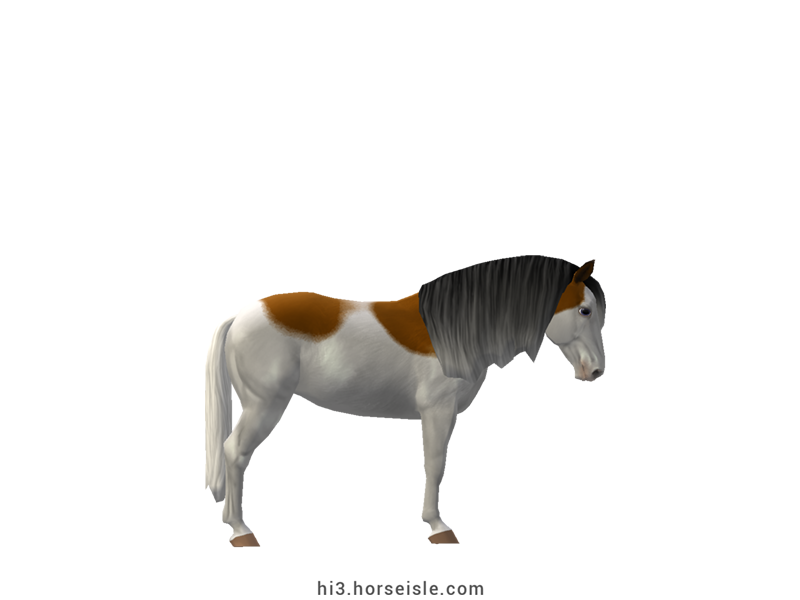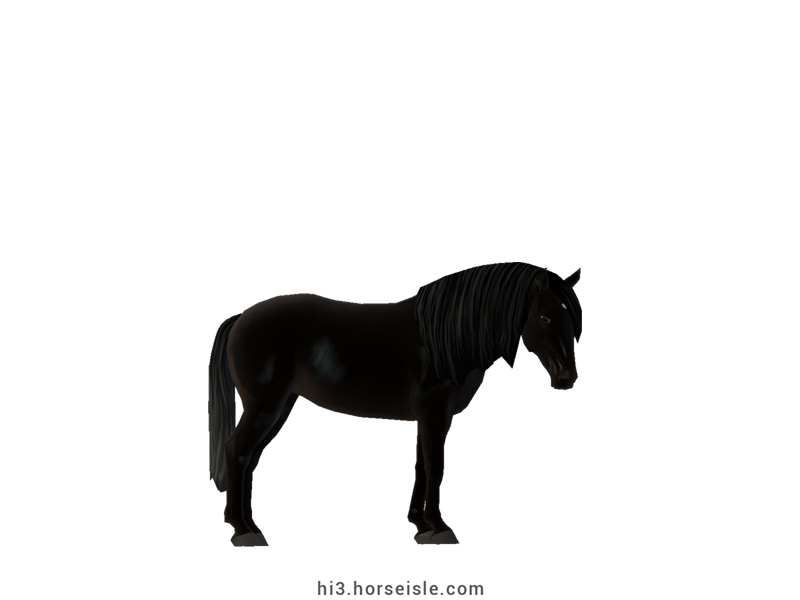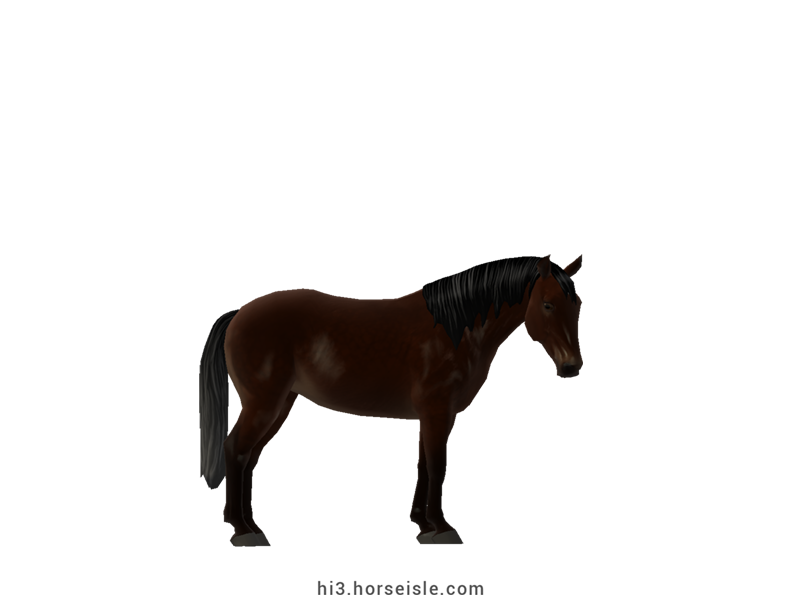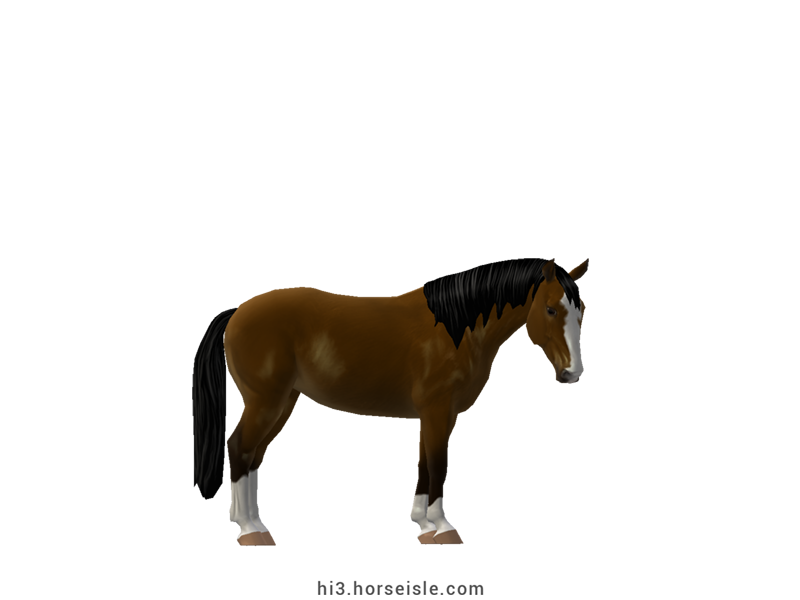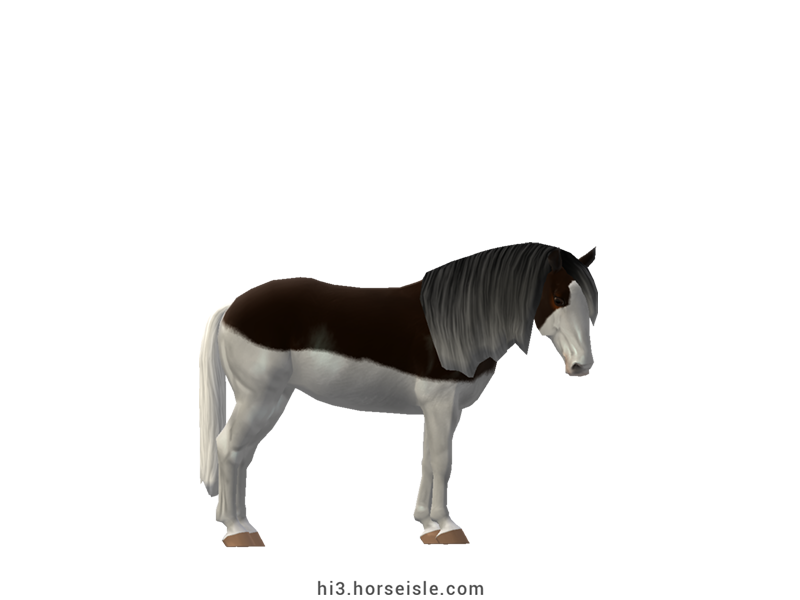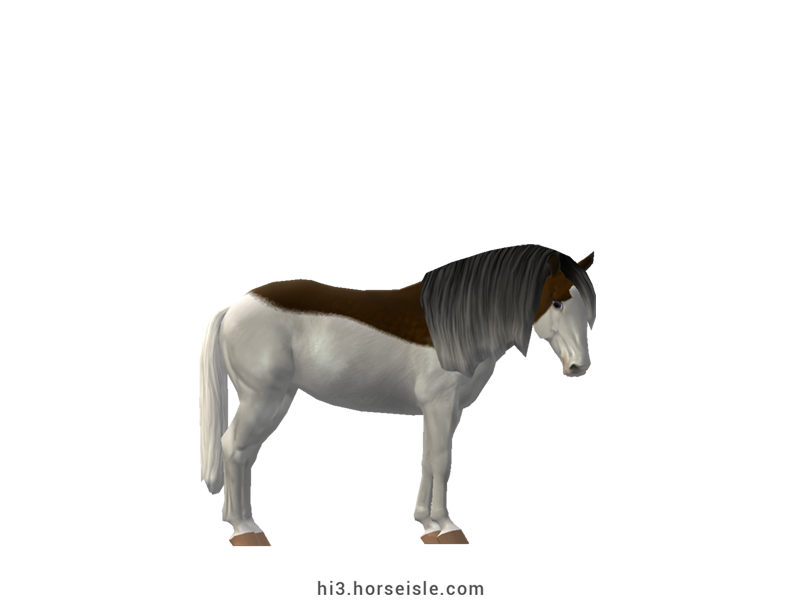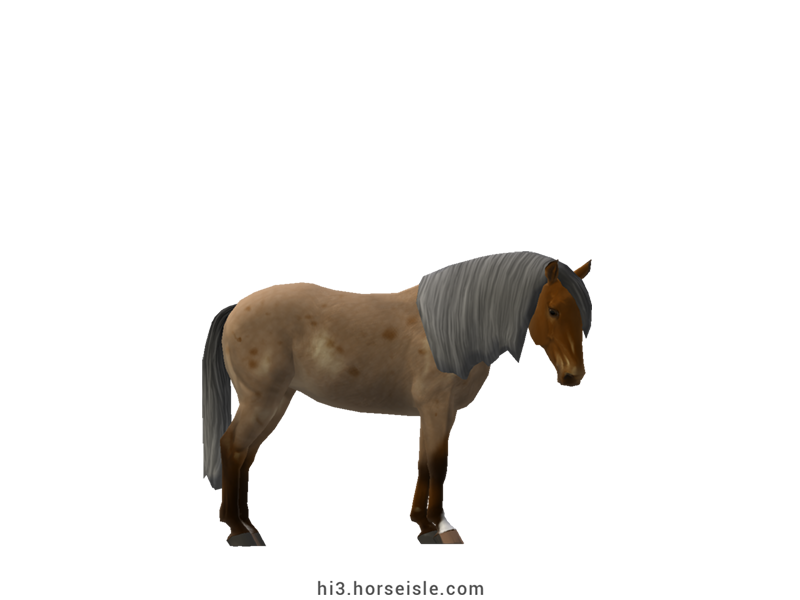Our Massive Real World Equine Reference!
[ INDEX ] Equine Type: Horse Breed: Abaco Barb (Abaco) [ NEXT ]
Elusive origins:
It is unclear how and when horses were first introduced to the Great Abaco Island in the Bahamas.
According to one theory, they were introduced in the 16th or 17th century when Spanish ships wrecked near the shores of the island on their way to the New World. Spanish horses that were on these ships swam from them to the island and became feral.
However, the most probable theory is that horses were first brought to the island at the beginning of the 19th century by a Cuban logging company. In this case, the ancestors of the Abaco Barb are probably Spanish horses that were brought to Cuba by Columbus.
A descendant of Spanish Horses:
Regardless of their origin, genetic tests found that the Abaco Barbs had the highest genetic similarity to that of the Spanish horses that were brought to South America in the 15th and 16th centuries. This means that when it comes to American breeds, the Abaco Barb was the purest descendant of those Spanish horses.
Decline:
Starting from the 19th century, and until the 1940s, Abaco Barbs were used for logging in the pine forest of Great Abaco Island. In the 1940s, the logging company began using tractors rather than horses, and released the horses into the wild. As such, the Abaco Barb became a feral breed, and roamed the large pine forest found on the island.
Until the 1960s, the horses flourished at the center of the forest, which provided them with food and water, as well as with shelter from humans. However, in the 1960s, a long road was built at the center of the island, stretching from one side of the forest to another, and giving people access to any part of the forest. Many horses were captured and removed from the island to be tamed, but some found shelter in more hidden parts of the forest.
One day, a young child found one of the Abaco horses, and tried to mount it. The frightened horse kicked the child, who was wounded and passed away. In retaliation, residents of the island went into the forest and killed every horse they found. From a herd of almost 200 horses, only 3 remained.
Attempts to Recover the Breed:
Luckily for the breed, the three horses were either two stallions and one mare, or two mares and one stallion, meaning that the horses could breed. In the 1970s, a man called Edison Key found these three horses, and brought them to safety. After several years, when the herd numbered 12 Abaco Barbs, the horses were released on Great Abaco Island. They continued to breed, and by the 1990s around 16 horses roamed the island.
Extinction:
In 1999, the island was hit by Hurricane Floyd. The horses survived the hurricane, but the forest was ruined. The shortage of food forced the horses to graze on rich orchards that belonged to nearby farms. This sudden change of diet, combined with the pesticides which covered the plants, led to a variety of health problems among the horses, such as obesity, hoof problems, and reproductive problems. Furthermore, horses who consumed too much pesticide died of poisoning.
In 2004, the remaining horses were transferred to a preserve in the pine forest, but the herd never recovered. Eleven years later, in 2015, only one Abaco Barb remained: a mare called Nunki, who died the same year. Upon the death of Nunki, the Abaco Barb breed went extinct. In 2017, a plan was set to recreate the Abaco Barb. However, as of 2020, the breed is yet to be recreated.
Performance metrics:
The following are the: range, average, (SD), and MOE of performance metrics of ordered Abaco Barbs in Horse Isle (not bred ones). In rare cases,
Speed: 14.3-15.6, 14.9 (0.3), 0.05.
Sprint: 43-55, 49 (3.0), 0.54.
Accel: 0.89-1.07, 0.98 (0.04), 0.01.
Decel: 0.87-1.04, 0.96 (0.03), 0.01.
Jump: 5.0-5.26, 5.12 (0.06), 0.01.
Pull: 1.73-2.47, 2.11 (0.14), 0.03.
Turning: 47.97-60.21, 53.86 (3.01), 0.59.
Reverse: 2.4-3, 2.7 (0.1), 0.03.
Stamina: 43.48-47.95, 45.83 (0.94), 0.18.
Reaction: 0.61-0.75, 0.69 (0.03), 0.01.
Coats & Height:
Colors: usually bay, but also brown, black, and, more rarely chestnut and roan.
Additionals: Coat is usually splashed white, but can also be solid. Sooty also occurs.
Height: 13hh to 14.2hh.
[ INDEX ] [ NEXT ]

